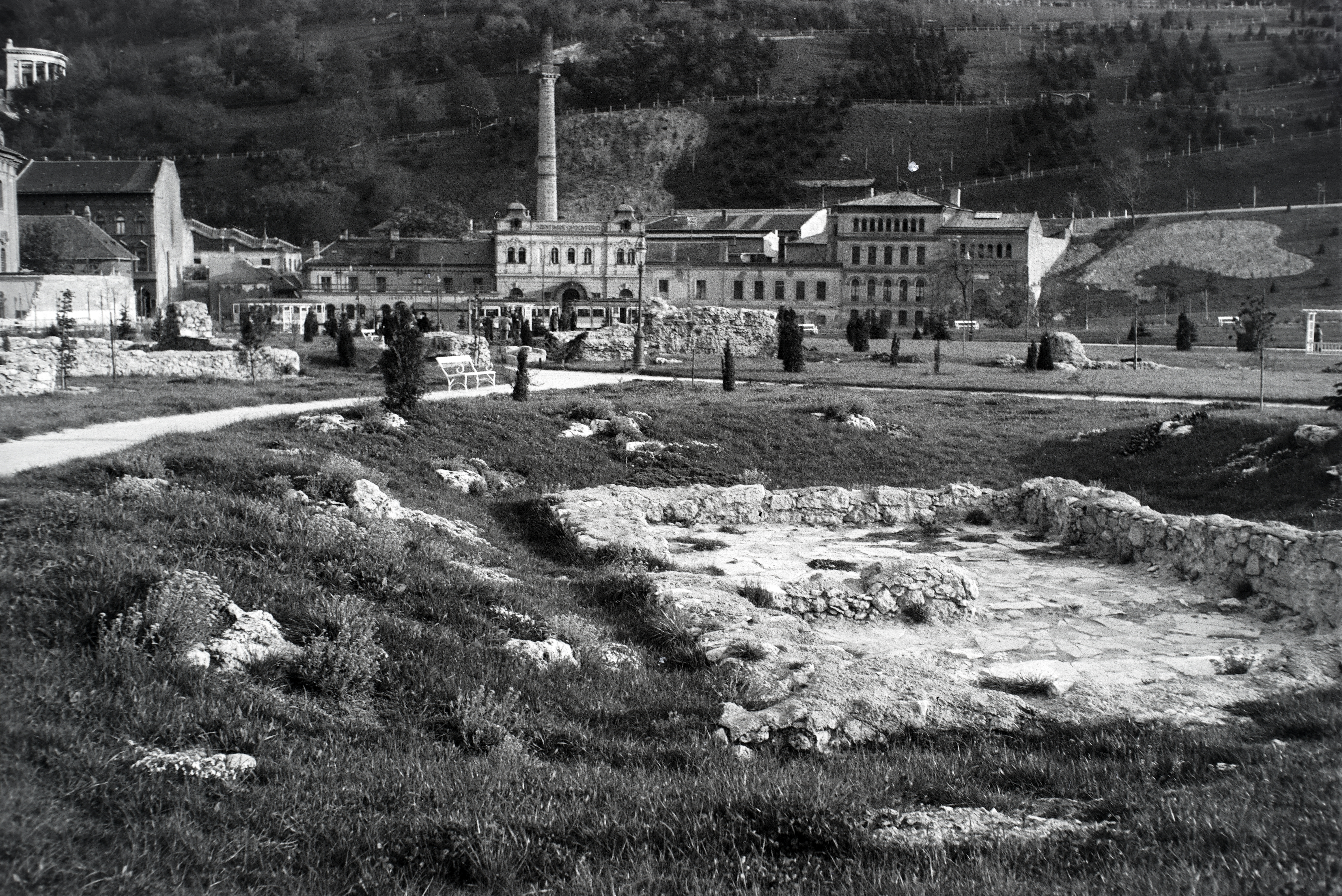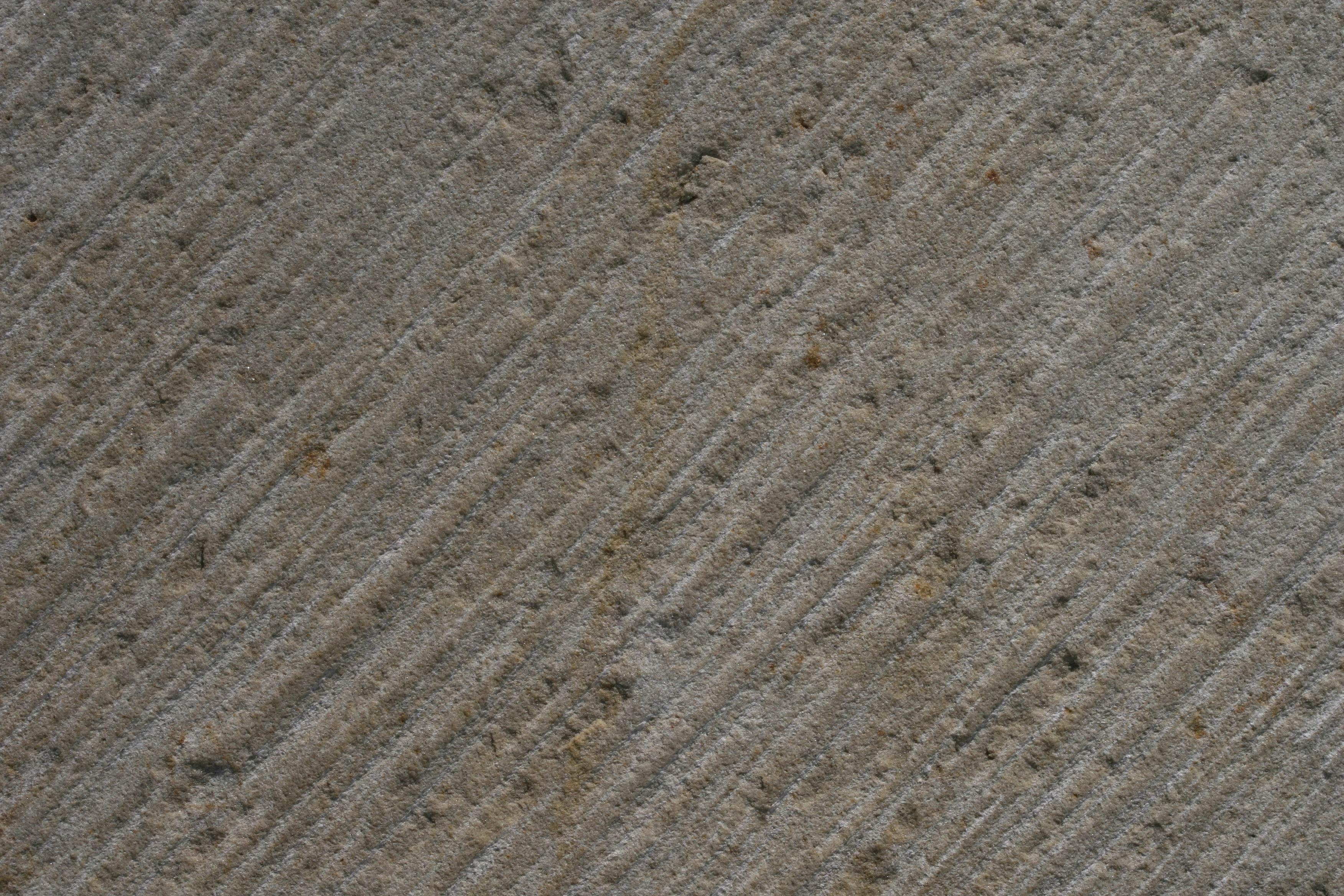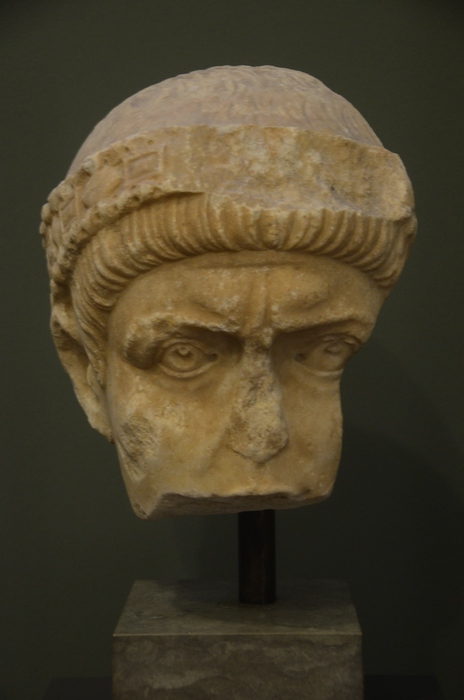|
Tabán Ruins
The Tabán ruins () are a group of medieval ruins in Budapest, Hungary. They are located in Várkerület, District I, in the Tabán neighbourhood, between Szarvas tér and Krisztina körút. The scattered ruins officially belong to one listed monument (ID 67). The remains of the mainly medieval structures were discovered in 1936 by archaeologists after the demolition of a large part of the densely built Tabán quarter but significant parts of them disappeared in the 1960s when the whole area was restructured. A 15th-century building, named Building I, and a retaining wall by the Ördög-árok stream are still visible above ground. Discovery The central part of the old Tabán district was demolished by the municipality of Budapest in 1933-34, and a large new park was created on the freed-up area between Szebeny Antal (now Szarvas) tér, Attila körút and the slopes of Gellért Hill and Naphegy. The municipal office commissioned archaeologist Lajos Nagy to carry out archaeologic ... [...More Info...] [...Related Items...] OR: [Wikipedia] [Google] [Baidu] |
Budapest
Budapest is the Capital city, capital and List of cities and towns of Hungary, most populous city of Hungary. It is the List of cities in the European Union by population within city limits, tenth-largest city in the European Union by population within city limits and the List of cities and towns on the river Danube, second-largest city on the river Danube. The estimated population of the city in 2025 is 1,782,240. This includes the city's population and surrounding suburban areas, over a land area of about . Budapest, which is both a List of cities and towns of Hungary, city and Counties of Hungary, municipality, forms the centre of the Budapest metropolitan area, which has an area of and a population of 3,019,479. It is a primate city, constituting 33% of the population of Hungary. The history of Budapest began when an early Celts, Celtic settlement transformed into the Ancient Rome, Roman town of Aquincum, the capital of Pannonia Inferior, Lower Pannonia. The Hungarian p ... [...More Info...] [...Related Items...] OR: [Wikipedia] [Google] [Baidu] |
Budakalász
Budakalász is a town in the Budapest metropolitan area, Hungary Hungary is a landlocked country in Central Europe. Spanning much of the Pannonian Basin, Carpathian Basin, it is bordered by Slovakia to the north, Ukraine to the northeast, Romania to the east and southeast, Serbia to the south, Croatia and .... Twin towns – sister cities Budakalász is twinned with: * Ada, Serbia * Kahl am Main, Germany * Lueta, Romania References External links * in Hungarian Populated places in Pest County Budapest metropolitan area Serb communities in Hungary {{Pest-geo-stub ... [...More Info...] [...Related Items...] OR: [Wikipedia] [Google] [Baidu] |
Ruins In Hungary
Ruins () are the remains of a civilization's architecture. The term refers to formerly intact structures that have fallen into a state of partial or total disrepair over time due to a variety of factors, such as lack of maintenance, deliberate destruction by humans, or uncontrollable destruction by natural phenomena. The most common root causes that yield ruins in their wake are natural disasters, armed conflict, and population decline, with many structures becoming progressively derelict over time due to long-term weathering and scavenging. There are famous ruins all over the world, with notable sites originating from ancient China, the Indus Valley, ancient Iran, ancient Israel and Judea, ancient Iraq, ancient Greece, ancient Egypt, ancient Yemen, Roman, ancient India sites throughout the Mediterranean Basin, and Incan and Mayan sites in the Americas. Ruins are of great importance to historians, archaeologists and anthropologists, whether they were once individual fortific ... [...More Info...] [...Related Items...] OR: [Wikipedia] [Google] [Baidu] |
Buildings And Structures In Budapest
A building or edifice is an enclosed structure with a roof, walls and windows, usually standing permanently in one place, such as a house or factory. Buildings come in a variety of sizes, shapes, and functions, and have been adapted throughout history for numerous factors, from building materials available, to weather conditions, land prices, ground conditions, specific uses, prestige, and aesthetic reasons. To better understand the concept, see ''Nonbuilding structure'' for contrast. Buildings serve several societal needs – occupancy, primarily as shelter from weather, security, living space, privacy, to store belongings, and to comfortably live and work. A building as a shelter represents a physical separation of the human habitat (a place of comfort and safety) from the ''outside'' (a place that may be harsh and harmful at times). buildings have been objects or canvasses of much artistic expression. In recent years, interest in sustainable planning and building pract ... [...More Info...] [...Related Items...] OR: [Wikipedia] [Google] [Baidu] |
Hárshegy Sandstone
This is a list of types of sandstone that have been or are used economically as natural stone for building and other commercial or artistic purposes. Trans-regional (across state borders) *'' Cornbrash Sandstone'': North Rhine-Westphalia, Lower Saxony *''Elbe Sandstone'': Germany (Saxony) and the Czech Republic *'' Red Main Sandstone'': Hesse, Baden-Württemberg, Bavaria *'' Wealden Sandstone'': Lower Saxony, North Rhine-Westphalia Australia * ''Hawkesbury Sandstone'': Sydney Basin, Gosford * ''Helidon Sandstone'': Helidon and Murphys Creek Belgium * '' Balegem Sandstone'': Balegem in Oosterzele * '' Ledian Sandstone'': Lede * '' Gobertange Sandstone'': Gobertange in Jodoigne Canada * Nepean Sandstone: Ottawa, Ontario * Paskapoo Sandstone: Calgary, Alberta Czech Republic * ''Božanov Sandstone'': near Božanov * ''Niedergrund Sandstone'': near Dolní Žleb * Libná Sandstone: near Libná * ''Zdoňov Sandstone'': near Zdoňov * ''Mšené Sandstone''; near Mš ... [...More Info...] [...Related Items...] OR: [Wikipedia] [Google] [Baidu] |
Fortepan 173350
Fortepan is a community photo archive based in Budapest, Hungary, established in 2010. Today the archive contains thousands of digitized high-resolution archival photos that capture everyday twentieth-century life in Hungary. Fortepan photos are organized along an interactive timeline and are publicly available for anyone to search, tag, download, and use. History Founding Fortepan was created in 2010 by Miklós Tamási and Ákos Szepessy, who met while attending the Kaffka Margit High School in the late 1980s. Sharing an interest in old photographs, they started to collect discarded prints and especially negatives from family collections, which they found at flea markets, in the streets of Budapest during "lomtalanítás" (Budapest's annual junk clearances held at different times of year across the city), and estate sales. Tamási and Szepessy stored their found photos, mostly negatives, in paper bags, and forgot about them until the 2000s, when they concluded these images m ... [...More Info...] [...Related Items...] OR: [Wikipedia] [Google] [Baidu] |
Quadi
The Quadi were a Germanic peoples, Germanic people during the Roman era, who were prominent in Greek and Roman records from about 20 AD to about 400 AD. By about 20 AD they had a kingdom centred in the area of present-day western Slovakia, north of the Limes (Roman Empire), Roman border on the Danube river. After probably first settling near the Morava (river), Morava river the Quadi expanded their control eastwards over time until they also stretched into present day Hungary. This was part of the bigger region which had been partly vacated a generation earlier by the Celts, Celtic Boii, and their opponents the Dacians. The Quadi were the easternmost of a series of four related Suebian kingdoms that established themselves near the river frontier after 9 BC, during a period of major Roman invasions into both western Germania to the northwest of it, and Pannonia to the south of it. The other three were the Hermunduri, Naristi (also known as Varisti), and the Quadi's powerful western ... [...More Info...] [...Related Items...] OR: [Wikipedia] [Google] [Baidu] |
Valentinian I
Valentinian I (; 32117 November 375), also known as Valentinian the Great, was Roman emperor from 364 to 375. He ruled the Western Roman Empire, Western half of the empire, while his brother Valens ruled the Byzantine Empire, East. During his reign, he fought successfully against the Alamanni, Quadi, and Sarmatians, strengthening the border fortifications and conducting campaigns across the Rhine and Danube. His general Count Theodosius, Theodosius defeated a revolt in Africa (Roman province), Africa and the Great Conspiracy, a coordinated assault on Roman Britain by Picts, Scoti, and Saxons. Valentinian founded the Valentinian dynasty, with his sons Gratian and Valentinian II succeeding him in the western half of the empire. Early life Valentinian was born in 321 at Cibalae (now Vinkovci, Croatia) in southern Pannonia into a family of Illyro-Roman origin. Valentinian and his younger brother Valens were the sons of Gratianus Funarius, Gratianus (nicknamed Funarius), a military ... [...More Info...] [...Related Items...] OR: [Wikipedia] [Google] [Baidu] |
Pannonia Valeria
The Pannonia Valeria or simply Valeria, also known as Pannonia Ripensis, was one of the provinces of the Roman Empire. It was formed in the year 296, during the reign of emperor Diocletian, in a division of Pannonia Inferior. The capital of the province was Sopianae (today Pécs). Pannonia Valeria included parts of present-day Hungary and Croatia. The province continued as an entity under the rule of the Huns until the rise of the Kingdom of the Ostrogoths in the 5th century. It then became the central Avar realm then part of the Avar March, later grew into the Lower Pannonian Principality regaining Pannonia Secunda before being conquered by the Magyars. See also *Pannonia *Roman provinces *Roman Empire The Roman Empire ruled the Mediterranean and much of Europe, Western Asia and North Africa. The Roman people, Romans conquered most of this during the Roman Republic, Republic, and it was ruled by emperors following Octavian's assumption of ... Literature * * * ... [...More Info...] [...Related Items...] OR: [Wikipedia] [Google] [Baidu] |
Frigeridus (general)
Frigeridus ( 370–377 AD) was a Roman general of Germanic descent who played a significant role in the late Roman Empire during the 4th century. Under Valentinian I he was the military commander ('' dux'') of Pannonia. Following the Battle of Marcianople, he was directed by Gratian, Valentian's successor, to lead forces from Pannonia to Thrace to deal with the invading Goths. He did not command his own forces in the Battle of Ad Salices, ostensibly due to an attack of gout. Following the Roman defeat at the Battle of Dibaltum, the Goths and Taifali under Farnobius planned to attack Frigeridus's fortified position at Beroea Beroea (or Berea, ) was an ancient city of the Hellenistic period and Roman Empire now known as Veria (or Veroia) in Macedonia, Northern Greece. It is a small city on the eastern side of the Vermio Mountains north of Mount Olympus. The town is m .... Learning this he retreated to Illyricum, reinforced, returned and defeated Farnobius's forces, killing ... [...More Info...] [...Related Items...] OR: [Wikipedia] [Google] [Baidu] |
Roman Brick
Roman brick is a type of brick used in ancient Roman architecture and spread by the Romans to the lands they conquered, or a modern adaptation inspired by the ancient prototypes. Both types are characteristically longer and flatter than standard modern bricks. Ancient The Romans only developed fired clay bricks under the Empire, but had previously used mudbrick, dried only by the sun and therefore much weaker and only suitable for smaller buildings. Development began under Augustus, using techniques developed by the Greeks, who had been using fired bricks much longer, and the earliest dated building in Rome to make use of fired brick is the Theatre of Marcellus, completed in 13 BC. The process of drying bricks in a kiln made it so these bricks would not have cracks in them when they dried. The mudbrick took a very long time to dry and limited brick creation to certain seasons. The fire dried brick allowed the brick production to increase significantly, which created a mass produ ... [...More Info...] [...Related Items...] OR: [Wikipedia] [Google] [Baidu] |







